Closer look at mysterious fishing boat-shaped temple in the city
By DA NANG Today / DA NANG Today
November 18, 2019, 21:48 [GMT+7]
Located on the beach along Nguyen Tat Thanh Street in Da Nang’s Thanh Khe District, the Co Bac Temple, also known as the Thanh An-Thanh Thuy fishing villages’ temple, is in the shape of a fishing ship named DNa 92010TS. This is a worship place for unlucky fishermen who died or went missing at sea.
Let’s have a loser look at this temple through some stunning photos captured by our freelance photographer Kha Thinh.
 |
| Fishermen from the Thanh An and Thanh Thuy fishing villages said the temple commemorates fishermen who died or went missing at sea regardless of where they are from. |
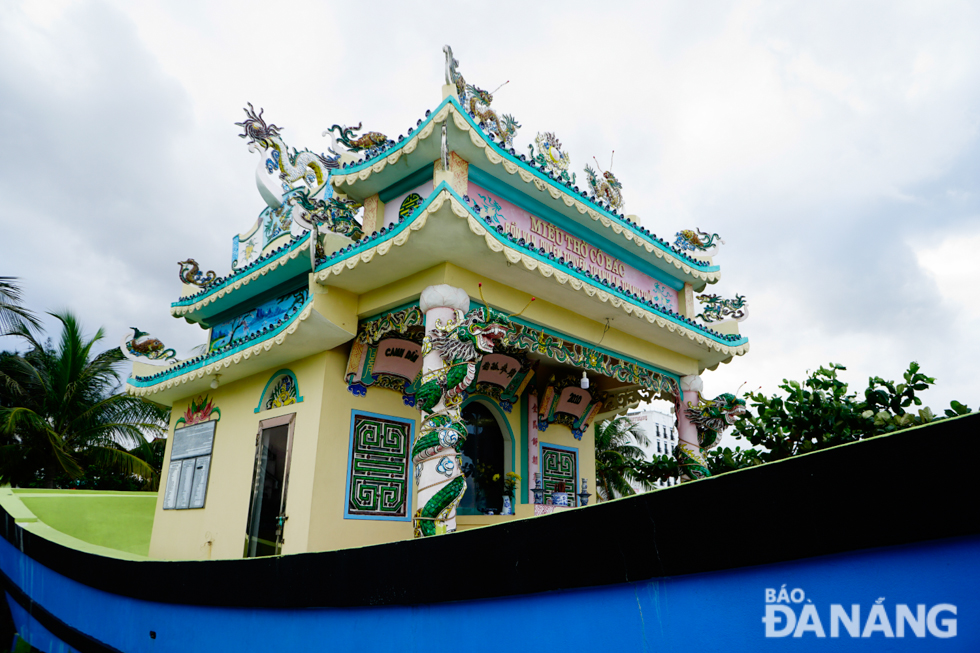 |
| The temple was rebuilt in 2010 after being totally destroyed by the deadly typhoon Xangsane which hit Da Nang in October 2006. |
 |
| The temple looks like a fishing boat ready for heading out to sea, which shows strong the determination of fishermen to conduct their offshore trips in Vietnamese waters. |
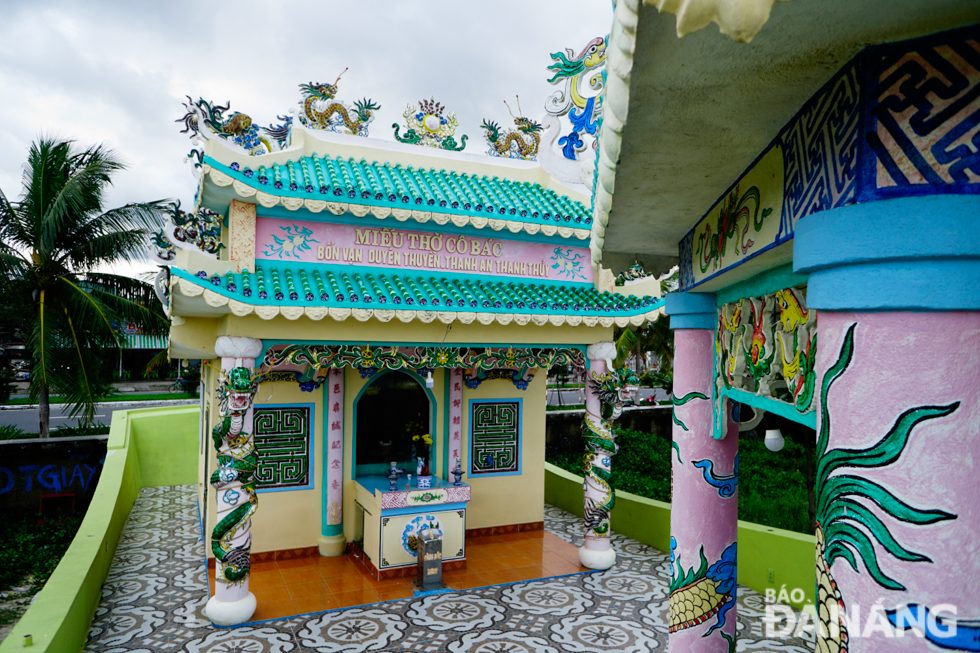 |
| The temple is a great example of the traditional Vietnamese architectural style, with the majority of its parts being carved with stylised floral and animal designs, especially the eye-catching dragon and phoenix patterns. |
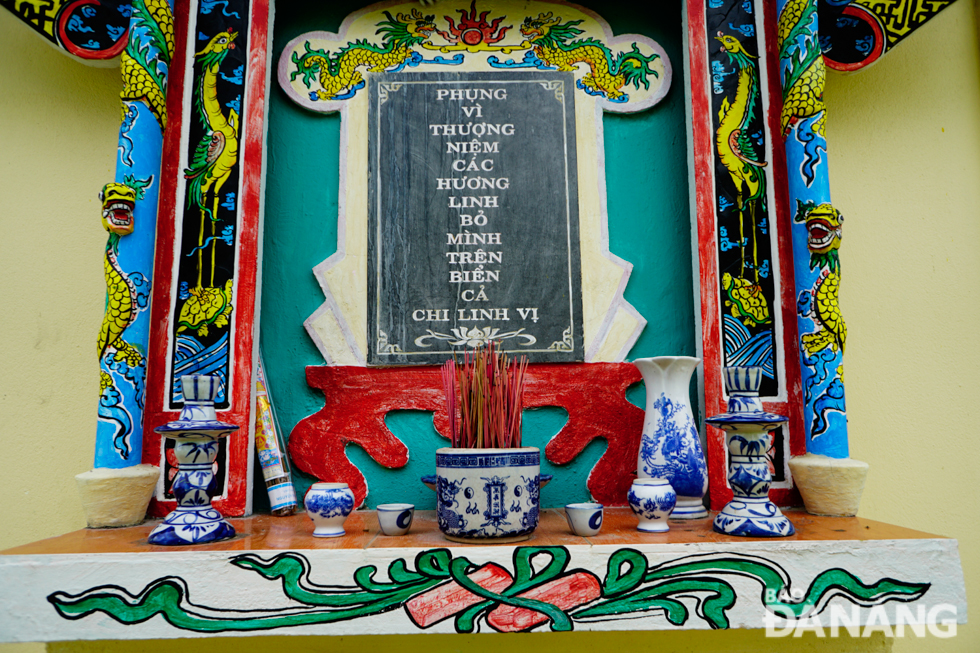 |
| The temple features worship rooms where rituals and the provision of offerings to the deceased are conducted. |
 |
| The ‘boat’ DNa 92010TS was named after its construction date: September 2010. |
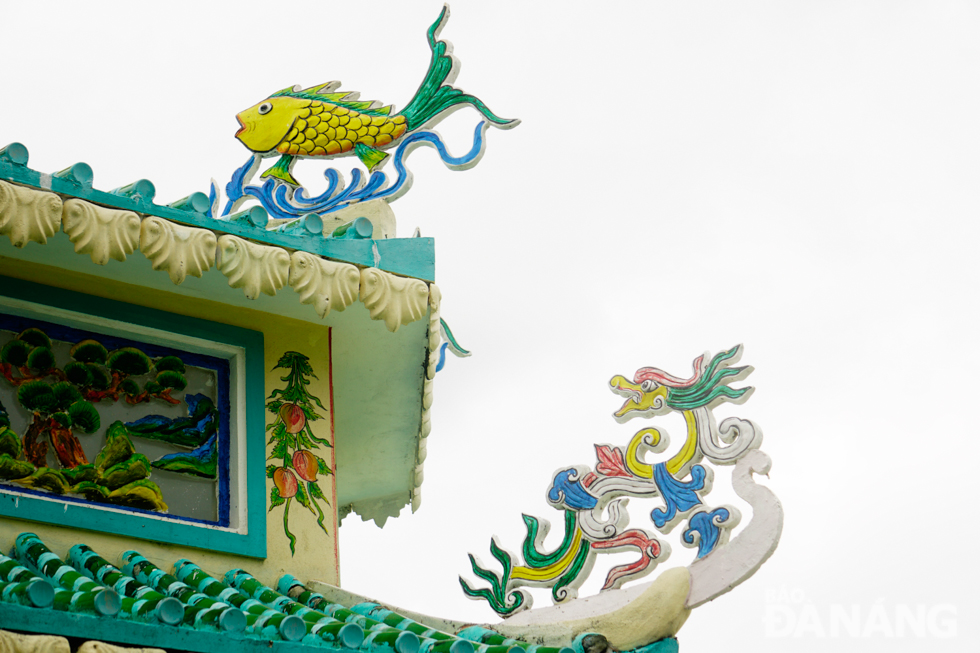 |
| Images of dragons and fish are vividly carved on the roof of the temple. |
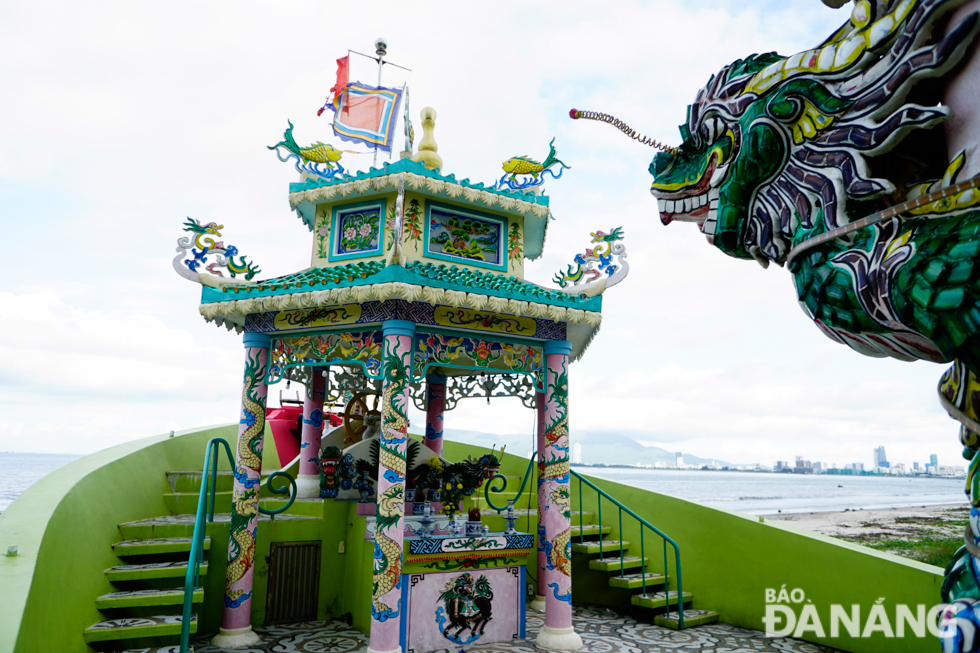 |
| The Thanh An and Thanh Thuy villagers together organise the annual Cau Ngu (Fish Worshipping) Festival, and offer incense to died fishermen on the 1st and 15th days of each lunar month, and on the occasion of the Tet festival. |
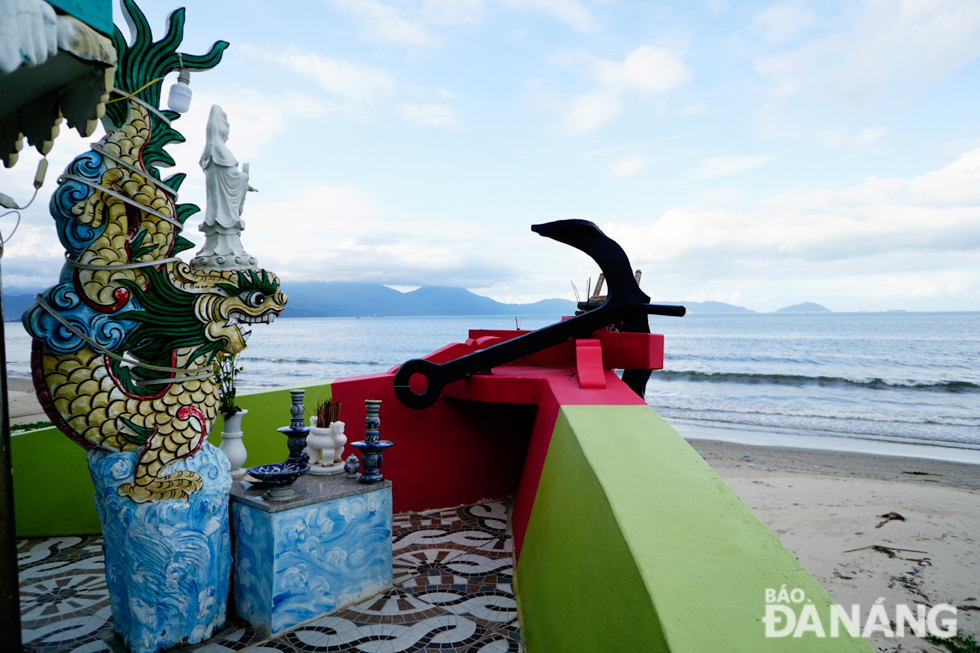 |
| On the 24th day of the 4th lunar month, villagers conduct a large-scale ritual at the temple to pray for wandering souls of people who have drowned at sea, and for a successful fishing season ahead. |
 |
| The temple is a spiritual space for fishermen across Thanh Khe District, and a highlight of coastal culture on a Da Nang beach. |
.
.












